As archaeological excavations have returned to Cacela Velha, in the municipality of Vila Real de Santo António, on Monday. O Sul Informação will follow the work from within, with weekly chronicles written by archeologists Maria João Valente and Cristina Garcia, coordinators of the campaign, which will last until the 13th of July:
It is difficult to remain indifferent to Cacela-Velha. It's a bit like the saying (usually applied to Alcobaça): “Whoever passes by Cacela, it doesn't go without returning there”.
This small fortified nucleus is located in a highly privileged space from a visual point of view, in the eastern corner of the Ria Formosa Natural Park. From there, it is beautiful, whether inside the village, which still maintains the typical charm of small coastal towns in the Eastern Algarve, or around it, where the estuary joins the sea.
Of the structures of Cacela-Velha, the one that dominates our eyes is inevitably the fortress. With a medieval Islamic foundation, the current XNUMXth-century fortress stands on a cliff next to the Cacela bar. From it you can see, to the east, the bay of Monte Gordo to the mouth of the River Guadiana, and, to the west, the channel that led to the port of Tavira, passing through the Fábrica area.
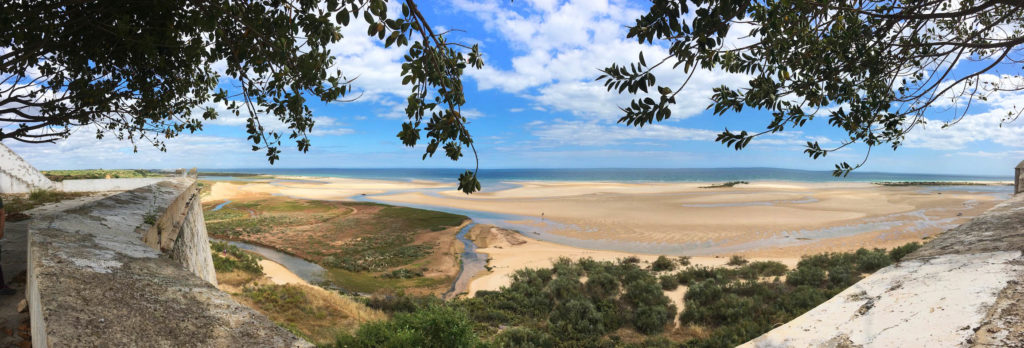
Until 1990, archeological and historical data about Cacela were scarce. Some structures and isolated pieces from various chronologies were known, which had been described at the end of the XNUMXth century. XIX and beginnings of the XX by Sebastião Estácio da Veiga (author of the work «Monumental Antiquities of the Algarve») and José Leite de Vasconcelos (founder of the National Archeology Museum).
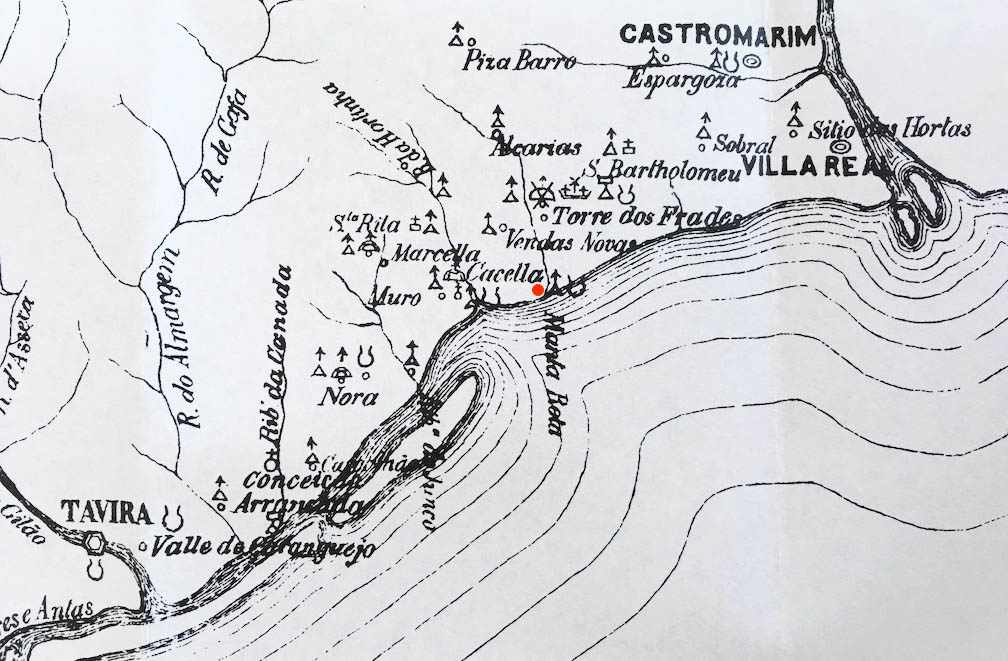
We know that, in Islamic times, Cacela was called Qastalla Darrag, thanks to the family that lived there, the ibn Darrag. An element of this family, Abu Amr Ahmad ibn Muhammad ibn Darrag Al-Kasttali (958–1030) was, in his time, considered to be “among the sages and the foremost poets”. He was also secretary of the chancellery of Caliph Umayyad al-Mansūr in Córdoba. For his part, the geographer al-Idrisi in the XNUMXth century described Cacela as “(…) a fortress built by the sea, well populated and there are many vegetable gardens and fields of fig trees in it”.
In the 1990s and 2000s, emergency archaeological interventions coordinated by Cristina Tété Garcia uncovered various remains, such as Roman ovens and Islamic dwellings, highlighting the historical and heritage value of Cacela. From 1998 onwards, a partnership between the Ria Formosa Natural Park, the Algarve Region Coordination Commission and the Vila Real de Santo António City Council allowed for various archaeological campaigns to be carried out.
The archaeological excavations carried out in Cacela have uncovered housing remains from the medieval Islamic period on the upper platform (especially in Largo da Fortaleza), associated with a set of silos, overlaid by vestiges of the medieval wall built after the conquest by the Order of Santiago (between 1238 and 1240). Thousands of archaeological materials, such as ceramics, animal remains, construction material, etc., came out of this.
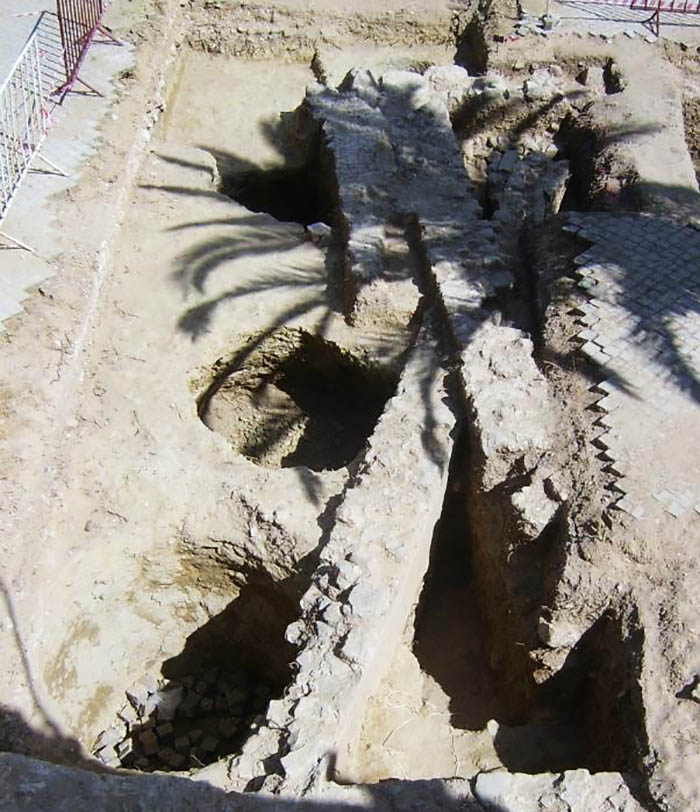
Outside the walled perimeter, in the area immediately to the east, on a lower platform on the bank of the Ribeira das Hortas (or Cacela), part of the Islamic Quarter of Poço Antigo was excavated, which was abandoned in the first half of the XNUMXth century. It is an enlarged housing area that may correspond to an old Almohad medina (probably founded in the XNUMXth century). After its abandonment, the houses and streets in this neighborhood suffered a process of deterioration and were covered with sand.
On these sands, the new Christian settlers built the local cemetery, which was also partially excavated. Here, dozens of graves were identified. Associated with this necropolis, structures were found that may correspond to the primitive chapel of Nossa Senhora dos Mártires.
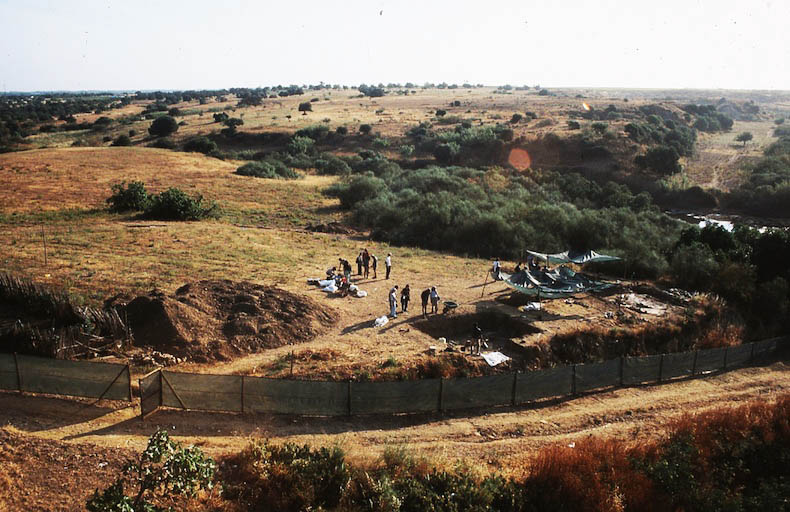
The appearance of this necropolis along the Ribeira das Hortas reveals the existence of a place of worship, probably prior to the construction of the current Igreja Matriz in Cacela. The Visitations, reports of inspections carried out by the Order of Santiago in the XNUMXth centuries. XV and XVI, mention the existence, in the vicinity of the Castle, of an active chapel and respective cemetery. Apparently, it was closed to worship in the XNUMXth centuries. XVII or XVIII and its image then transferred to the Igreja Matriz.
Documentary sources record that when Cacela was occupied by the military forces of the Order of Santiago, it was there that the bases to support the reconquest of the remaining eastern Algarve were established. The city was then donated by D. Sancho II to the Order, becoming the seat of a Comenda that covered a wide territory between the river Vascão to the north and the river Guadiana to the east, limiting the west with the terminus of the city of Tavira.
A few years later, D. Dinis granted charter to the inhabitants of Cacela, who occupied lands and couples, circulated with their herds or dedicated themselves to fishing.
However, the new castle of Cacela is now inhabited by a military garrison led by the Captain-Major of the King's army. Next to it, during the Renaissance period, the construction of the current Mother Church (also dedicated to Nossa Senhora dos Mártires) began. and houses for the dwelling of the local parish priest.
The great earthquake of 1755 caused geomorphological and environmental changes to the coastline, such as the silting up of the lagoon, the amputation of the sandy barrier that extended further east to the Guadiana, as well as serious destruction of buildings, namely the fortress and church of Cacela .
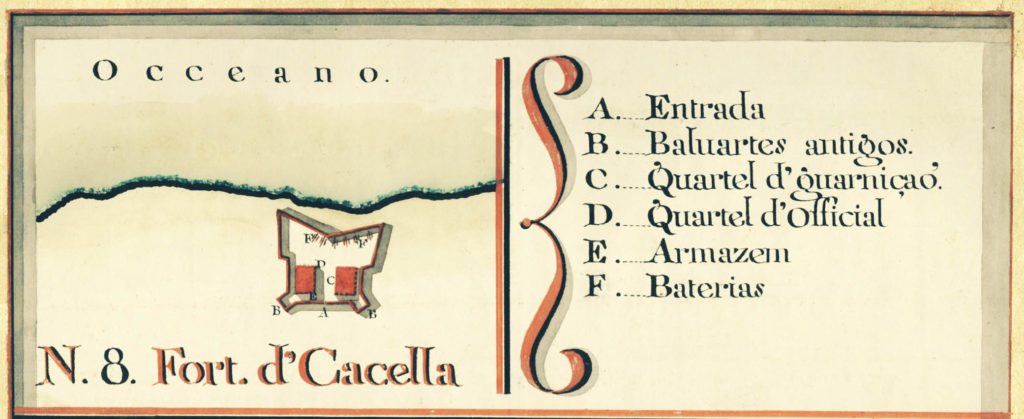
Of enormous strategic importance in the Middle Ages, when it dominated the navigation that crossed there (to Tavira or the Guadiana, and in connection with North African lands), Cacela gradually depopulated and ended up losing its strategic and port function. . Its current appearance corresponds to the reconstruction works carried out in the second half of the XNUMXth century.
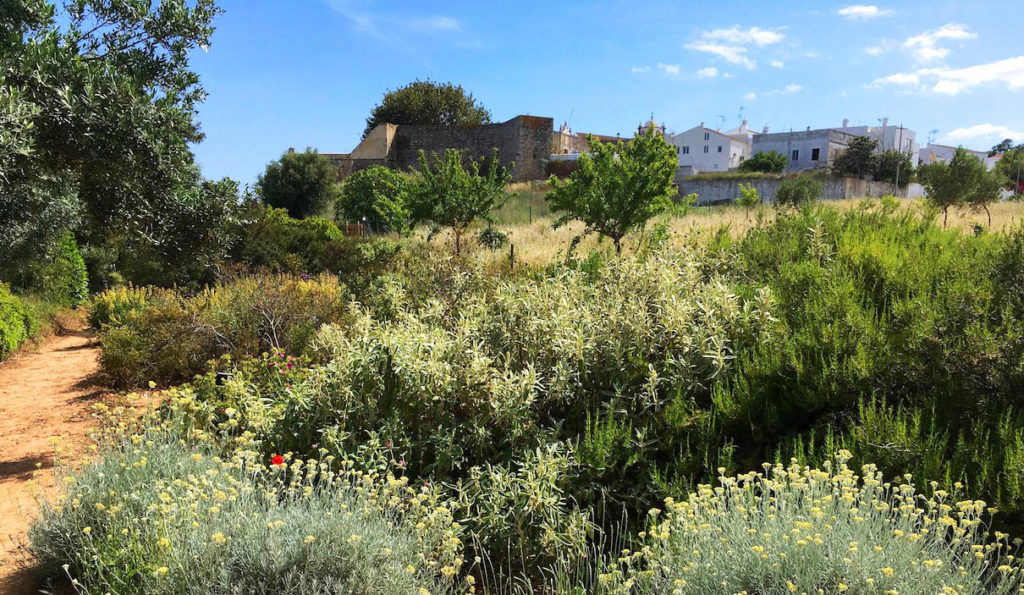
What was lost, however, allowed the fortune of having the rich heritage of Cacela relatively well preserved. One of the few cases on the Algarve coast. Unfortunately, it is also a reality that this coastal heritage is in a situation of erosion and imminent destruction. It is with these two ideas in mind — a unique heritage and its imminent erosion — that we return (“Who passes through Cacela…”) now to the terrain, to see what secrets and stories the ancient Qastalla Darrag can tell us.
We will talk about these stories again next week. However, they can learn a little more about this new project here.
For more detailed information, you can watch his presentation on the 4th of July (Wednesday, at 18:00 pm) at the Historical Archive of Vila Real de Santo António (tel. 281510260).
Finally, if you want to visit the excavation, the Open Day to the public will take place on the 9th of July, from 10 am to 13 pm. You will be very welcome.
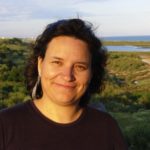 Author: Maria Joao Valente
Author: Maria Joao Valente
Co-coordinator of the archaeological works in Cacela.
Professor at the University of Algarve and researcher at CEAACP (Center for the Study of Archeology, Arts and Heritage Sciences).
















Comments